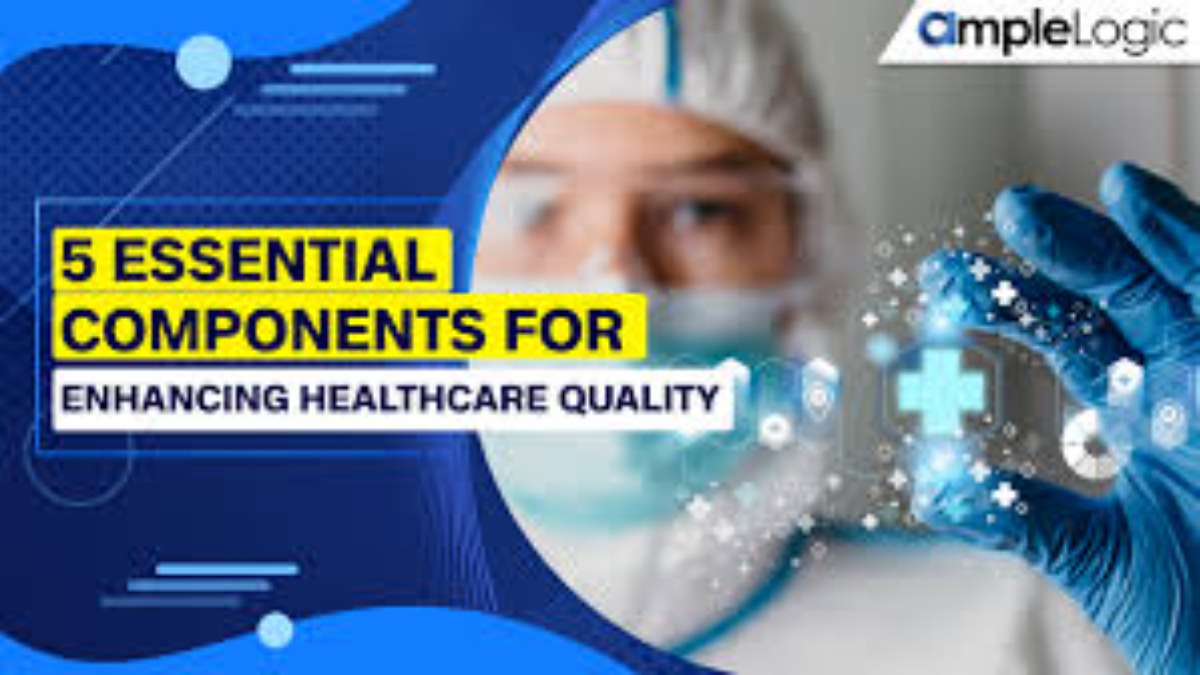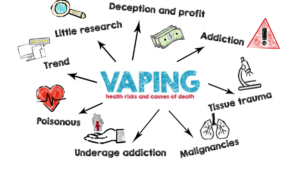
The development of high-quality healthcare products demands a comprehensive approach. The process must integrate multiple factors to ensure safety, efficacy, and regulatory compliance. This process is critical not only for meeting the needs of healthcare professionals and patients but also for establishing trust and credibility within the industry. Here are five crucial factors that pharmaceutical and medical device companies must consider. They enable companies to achieve success in developing healthcare products of the highest standard. By addressing these key elements, companies can navigate the complexities of product development and deliver solutions that make a meaningful impact on patient care.
1. Formulation and Ingredients
The formulation of a healthcare product is the foundation of its efficacy and safety. Companies must meticulously select ingredients and determine their concentrations to achieve the desired therapeutic effects while minimizing adverse reactions. Factors such as stability, bioavailability, and compatibility with other medications need to be carefully evaluated during the formulation process. Conducting comprehensive preclinical studies and leveraging advanced technologies, such as computational modeling and simulation, can aid in optimizing the formulation for maximum efficacy and safety. Continuous research and development efforts are essential to explore innovative formulation techniques and novel ingredients that can enhance the efficacy and patient experience of healthcare products. Collaborating with academic institutions and research organizations allows companies to tap into the latest advancements in pharmaceutical sciences and biotechnology, driving innovation in product formulation and differentiation in the market.
2. Manufacturing Processes
The manufacturing processes employed in producing healthcare products play a crucial role in ensuring consistency, purity, and quality. Companies must adhere to Good Manufacturing Practices (GMP) and other regulatory standards to maintain the integrity of the product throughout its production lifecycle. Implementing robust quality control measures, such as in-process testing and batch record review, is essential for identifying and addressing deviations that may compromise product quality. Investing in state-of-the-art manufacturing technologies and facilities can enhance efficiency and scalability while reducing the risk of contamination or variability in the final product. Streamlining manufacturing processes through automation and optimization not only improves productivity but also minimizes the potential for human error, ensuring the reliability and reproducibility of healthcare products.
3. Packaging and Labeling
Packaging and labeling are integral components of healthcare product development, impacting not only product protection and integrity but also user safety and compliance. Choosing the right healthcare packaging solutions is crucial to ensure stability and sterility while safeguarding the product from environmental factors and physical damage during storage and transportation. Additionally, clear and concise labeling with accurate instructions for use is essential for ensuring proper administration and dosage, reducing the risk of medication errors. Companies must also comply with regulatory requirements for labeling content, including warnings, precautions, and contraindications, to provide essential information to healthcare professionals and patients. Incorporating innovative packaging technologies, such as tamper-evident seals and child-resistant closures, can enhance product safety and accessibility while meeting regulatory standards and consumer expectations. Conducting usability testing and gathering feedback from end-users allows companies to refine packaging designs and labeling materials to optimize user experience and ensure compliance with regulatory guidelines.
4. Regulatory Compliance
Regulatory compliance is a cornerstone of healthcare product development, with stringent standards and requirements established by regulatory authorities worldwide. Companies must navigate complex regulatory frameworks and obtain necessary approvals or clearances before marketing their products. This process involves conducting preclinical and clinical studies to demonstrate safety and efficacy, as well as submitting comprehensive documentation to regulatory agencies for review.
Additionally, maintaining compliance with ongoing regulatory updates and post-market surveillance requirements is essential to ensure the continued safety and effectiveness of healthcare products throughout their lifecycle. Collaborating with regulatory experts and staying informed about emerging regulatory trends and guidelines enables companies to proactively address compliance challenges and expedite the regulatory approval process, facilitating timely market access for their products.
5. Quality Assurance and Control
Quality assurance and control are paramount in ensuring the consistency, purity, and safety of healthcare products. Implementing robust quality management systems and conducting thorough quality testing at every stage of the product development process is essential to identify and mitigate potential risks or deviations. Companies must establish comprehensive quality control protocols for raw materials, intermediate products, and finished goods, including analytical testing, microbial testing, and stability testing. Additionally, implementing corrective and preventive actions (CAPA) processes and conducting regular audits and inspections can help identify areas for improvement and ensure continuous quality improvement across all aspects of product development and manufacturing. Investing in employee training and development programs focused on quality management and compliance fosters a culture of accountability and quality consciousness, driving ongoing improvements in product quality and patient safety.
Conclusion
Developing a high-quality healthcare product requires a comprehensive approach that encompasses various critical factors, from formulation and manufacturing to packaging and regulatory compliance. Companies should prioritize factors such as choosing the right packaging materials and design, ensuring regulatory compliance, optimizing manufacturing processes, conducting rigorous quality testing, and fostering collaboration across multidisciplinary teams. By doing so, pharmaceutical and medical device companies can enhance the quality, safety, and efficacy of their products. Ultimately, investing in robust product development strategies that address these crucial factors facilitates market success. It also contributes to advancing patient care and improving healthcare outcomes.




